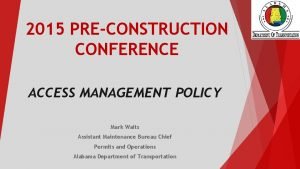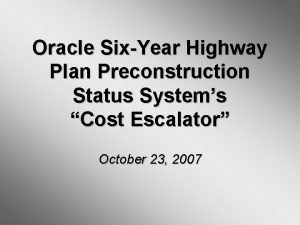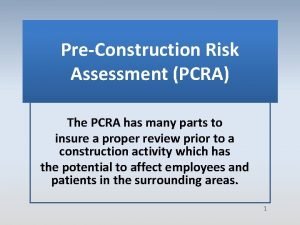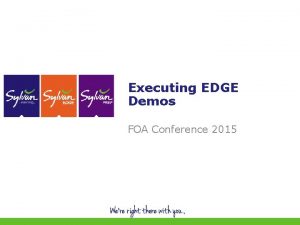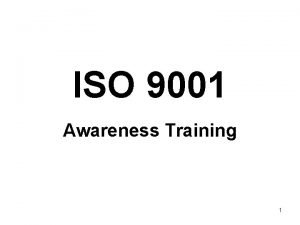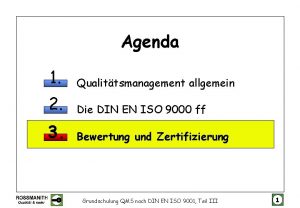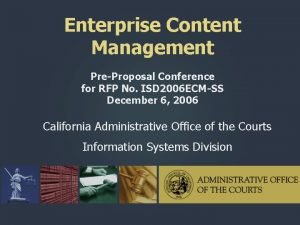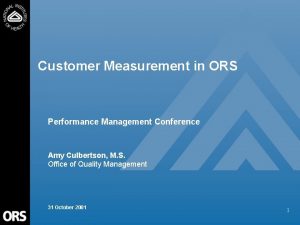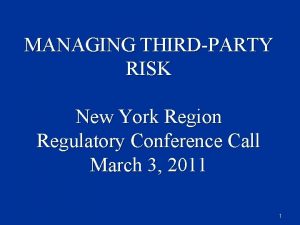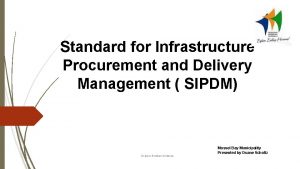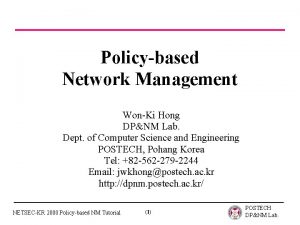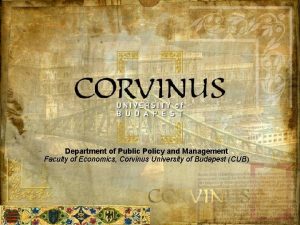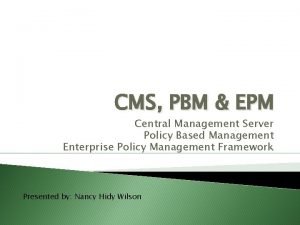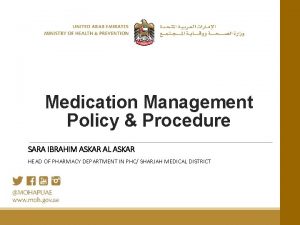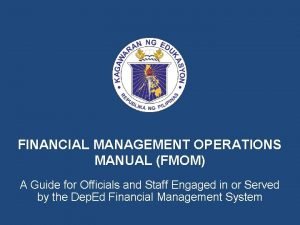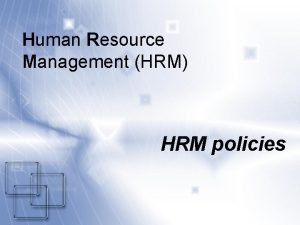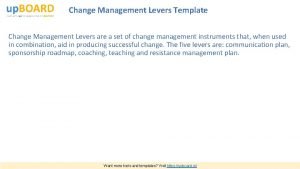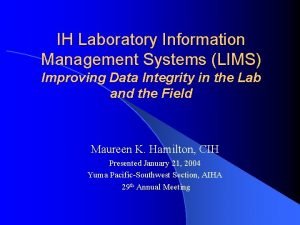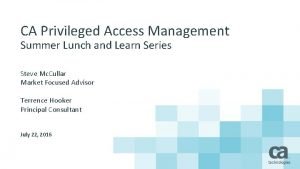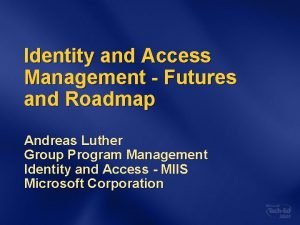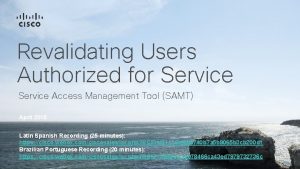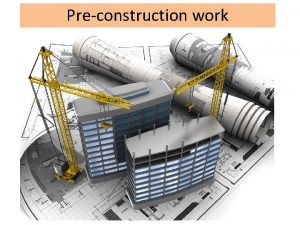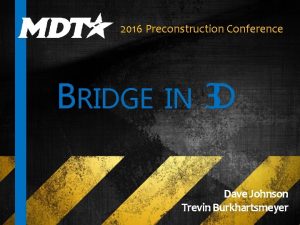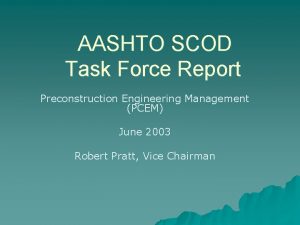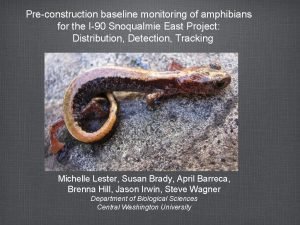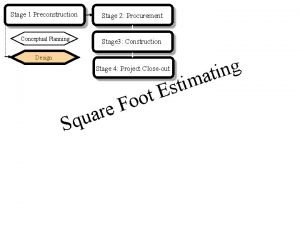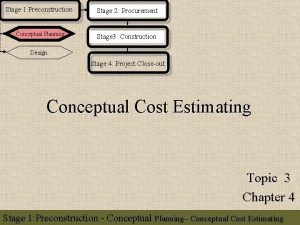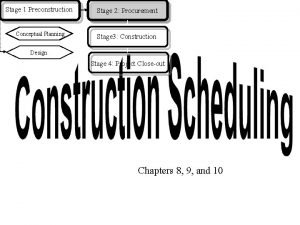2015 PRECONSTRUCTION CONFERENCE ACCESS MANAGEMENT POLICY Mark Waits





















































- Slides: 53

2015 PRE-CONSTRUCTION CONFERENCE ACCESS MANAGEMENT POLICY Mark Waits Assistant Maintenance Bureau Chief Permits and Operations Alabama Department of Transportation

IF YOU CANNOT HEAR RAISE YOUR HAND

IF THE PERSON NEXT TO YOU IS ASLEEP PLEASE RAISE THEIR HAND

900 feet 190’ 1 2 3 4 6 5 100’ 11 2 1 4 3 60’ 120’ 75 8 270’ 9 6 10 150’ 7 200’ 13 12 11 8 9 14 16 15 10 190’ ~ 1700 feet 160’ 12 13 14 190’ 15 16 17 18 150’ 19 Accesses X 9260’ Conflict Points = 171 Conflict Points on a 219 lane 20 55 mph 21 hwy 150’ 130’ 260’ >250 Conflict Points 17

900 feet 1 2 1 1 4 3 2 3 4 2 5 6 75 8 9 6 10 7 200’ 11 12 13 12 11 8 9 14 16 15 10 190’ ~ 1700 feet 13 14 190’ 15 16 17 18 19 Accesses X 9 Conflict Points = 171 Conflict Points on a 219 lane 20 55 mph 21 hwy 150’ >250 Conflict Points 17

Historically, Access Management has lacked consistency and uniformity throughout the state.

This lack of consistency and uniformity not only caused conflicts on highway but also with landowners and developers.

Predominately, ALDOT addressed access issues through Maintenance and not necessary through Pre-Construction.

There were no uniform guidelines that established standards for managing access to and from roads and highways. ALDOT officials recognized this……………



SAFETY is the #1 reason for the creation and implementation of the Access Management Manual

Access Management Manual Purpose: To set forth standards for managing access to and from state roads and highways Goals: Protect the health, safety and welfare of the public Maintain the highway rights-of-way Preserve the functional level of state roads and highways while meeting the needs of the motoring public

Benefits of Access Management Travel times and congestion are reduced Reduction in conflict points Roadway capacity and, therefore, useful life is preserved The need for new roadways and widening projects is reduced resulting in fewer work zones, therefore other needed projects maybe considered with the savings. Access to properties is improved, thus property values increase. Establishes a uniform guideline not only for ALDOT but also for the public, i. e. developers, engineers, etc.

Access Management Manual Chapter 1: Introduction Chapter 2: Principles of Access Management Chapter 3: Traffic Impact Study Requirements Chapter 4: Access Design Chapter 5: Retrofitting Access Management to Existing Roadways

Chapter 2: Principles of Access Management involves balancing the two competing functions of roadways: o Providing mobility for through traffic o Providing accessibility to property

At its core, Access Management is the process of limiting left turns and incorporating sufficient access spacing.

Reducing Conflicts Access Management increases safety by reducing the occurrence of traffic conflicts

Spacing

Chapter 3: Traffic Impact Study Requirements Traffic impact studies are needed to adequately assess the impact of a proposed development on the existing and/or planned highway system. Traffic impact studies should not only be considered when a development proposes direct access to a State route, but also indirect access, i. e. county road, etc. Traffic impact studies can be used to forecast future highway system needs. See Chapter 3 of the Access Management Manual for additional information relating to traffic impact studies.

Chapter 3: Traffic Impact Study Requirements *Additional information may be required

Chapter 4: Access Design Connection Types Connection Spacing Crossovers Driveway Types, Width and Radii Turn Lanes

Chapter 4: Access Design

Chapter 4: Access Design AASHTO vehicle turning paths should be examined for every driveway proposed to access an ALDOT right of way.

Chapter 5: Retrofitting should be considered not only for commercial developments, but also for projects and corridor studies.

Reasonable Access that is generally considered a matter of physical necessity for use of the property, not a matter of convenience or competiveness in the marketplace.

Authority Statute 23 -1 -40 and 23 -1 -59 of the Code of Alabama 1975 The State Department of Transportation shall have the right and power to adopt all reasonable and necessary rules and regulations for the better construction, repair, and maintenance of the public roads and bridges in Alabama under the jurisdiction of the department which the department shall deem proper.

Permits Associated With Access Requests BM-111 (Turnout) BM-166 (Crossover) MB-05 (Grading and Landscaping) MB-07 (Drainage)

BM-111 Used for driveways and minor associated work, e. g. right turn lane

Predominately, ALDOT addressed access issues through Maintenance and not necessary through Pre-Construction.

UNTIL NOW

Access Management is embraced by both Maintenance and Pre-Construction

In the Pre-Construction process for various types of projects, Access Management should be considered. To achieve this, Pre-Construction and Maintenance should collaborate.

The Process Consider Scope of Project Resurfacing Widening New Alignment Recognize Access Management Issues Existing Accesses Existing Traffic Data Accident History Develop Plan to Address Access Management Issues

The Process Develop Plan to Address Access Management Issues Involve Area and District Find out local information, i. e. peak hour, complaints, geometric issues, etc. Determine legal permitted accesses Discuss need for public involvement and/or media relations Review project limits for any needed new permits Corridor Study Traffic Impact Study Apply Access Management Principles ROW Required? New permits should be considered during negotiations

The Process Consider Scope of Project Resurfacing Widening New Alignment Recognize Access Management Issues Existing Accesses Existing Traffic Data Accident History Develop Plan to Address Access Management Issues Involve Area and District Corridor Study Traffic Impact Study Apply Access Management Principles ROW Required? Implement Plan

Innovative solutions will be needed to achieve the desired goals of improved safety and traffic operations along state roadways.

Examples of Retrofitting –ALDOT Projects Directional Lefts Raised Median

Examples of Retrofitting –ALDOT Projects Michigan Left

Examples of Retrofitting –ALDOT Projects Alabama T

Examples of Retrofitting – ALDOT Projects


www. dot. state. al. us



Permit Inventory IRIMS Database Permit tracking and storage Ability to search for permits using various criteria, e. g. milepost, route, etc.





BM-111 Used for driveways and minor associated work, e. g. right turn lane

Questions ?

Contact Mark Waits Assistant Maintenance Bureau Chief Permits and Operations Alabama Department of Transportation 334 -242 -6843 waitsm@dot. state. al. us
 Aldot access management manual
Aldot access management manual Oracle preconstruction
Oracle preconstruction Pcra risk assessment
Pcra risk assessment In this scheme cpu execution waits while i/o proceeds.
In this scheme cpu execution waits while i/o proceeds. Resolution of the story god sees the truth but waits
Resolution of the story god sees the truth but waits Free buffer waits
Free buffer waits Tide waits for no man
Tide waits for no man Victory waits on your fingers poster meaning
Victory waits on your fingers poster meaning The man who waits
The man who waits What are beowulf's thoughts as he waits for grendel
What are beowulf's thoughts as he waits for grendel Led conference 2015
Led conference 2015 Ulvan
Ulvan Insight 2015 conference
Insight 2015 conference Atlanta conference on science and innovation policy
Atlanta conference on science and innovation policy Terminal access controller access-control system
Terminal access controller access-control system Terminal access controller access-control system
Terminal access controller access-control system Iso awareness training for employees
Iso awareness training for employees Management review iso 9001 version 2015 muster
Management review iso 9001 version 2015 muster Time management conference
Time management conference Ecm rfp
Ecm rfp Anser
Anser Customer experience management conference 2011
Customer experience management conference 2011 Third party risk management conference 2019 new york
Third party risk management conference 2019 new york Cboe risk management conference
Cboe risk management conference Financial risk management conference 2018
Financial risk management conference 2018 Local government asset management software
Local government asset management software Conference management middlesbrough
Conference management middlesbrough Risk management policy hse
Risk management policy hse Advanced group policy management
Advanced group policy management Tcs environmental management assessment
Tcs environmental management assessment Infrastructure delivery management system
Infrastructure delivery management system Policy based network management
Policy based network management Public policy and management corvinus
Public policy and management corvinus Enterprise policy management
Enterprise policy management Medication management policy and procedure
Medication management policy and procedure Fmom
Fmom Human resource policy
Human resource policy Dividend policy decision in financial management
Dividend policy decision in financial management Emos os
Emos os Dividend policy decision in financial management
Dividend policy decision in financial management Change management policy template
Change management policy template Pyramid levels of management
Pyramid levels of management Top management middle management first line management
Top management middle management first line management Middle level management
Middle level management Identity and access management maturity model
Identity and access management maturity model Balabit psm
Balabit psm Sap laboratory information management system
Sap laboratory information management system Microsoft identity manager roadmap
Microsoft identity manager roadmap Ca privileged access manager download
Ca privileged access manager download Microsoft access database management system
Microsoft access database management system Identity management roadmap
Identity management roadmap Aws identity and access management
Aws identity and access management Service access management tool
Service access management tool Hp identity management
Hp identity management
